You know that feeling when you realize the ground beneath your feet is shifting?
That's exactly where we are right now with go-to-market strategy. After 20 years scaling companies from startups to unicorns, I've witnessed plenty of transformations. But what's happening now is different.
The consolidation we're seeing across marketing, sales, and customer success isn't just another trend. It's a fundamental reimagining of how we take products to market. And with AI accelerating this change, the timeline isn't measured in decades anymore. We're talking about one to three years.
Let me share what I'm seeing on the ground and, more importantly, how you can position yourself to thrive in this new landscape.
The emergence of the GTM engineer
Remember when scaling meant hiring more AEs and SDRs? Those days are fading fast. The traditional playbook where your CRO would say "I need X more salespeople to hit our targets" no longer applies.
What's replacing it? The GTM engineer.
This isn't just a fancy new title. It represents a fundamental shift in how we structure commercial teams. Instead of layers of entry-level positions, we now have highly skilled individuals managing AI agents and tools to accomplish what previously required entire departments.
On the sales side, this transformation is already visible. Just check LinkedIn job postings and count how many times "AI" appears in the descriptions. You'll be amazed.
Marketing hasn't experienced the same dramatic organizational restructuring yet. But ask any content marketer or designer about AI's impact, and you'll hear a different story. The shift is coming, and it will look like AI strategists at the top managing sophisticated tools and agents below.
Why your GTM strategy needs critical thinking more than playbooks
Here's something that might surprise you: I'm not a believer in one-size-fits-all GTM playbooks.
Yes, LinkedIn and Substack overflow with GTM templates and frameworks. Some are excellent. Many are not. But here's what matters more than any playbook: critical thinking.
Go-to-market strategy is about identifying how to take your company to market for the long term. It requires understanding:
- Who your ideal customers truly are
- What unique value you provide
- How to make that value resonate not just for quick wins, but sustainable growth
This demands the best of marketing, branding, sales, and customer support combined with rigorous critical thinking. And that critical thinking piece? It's actually starting to slip.
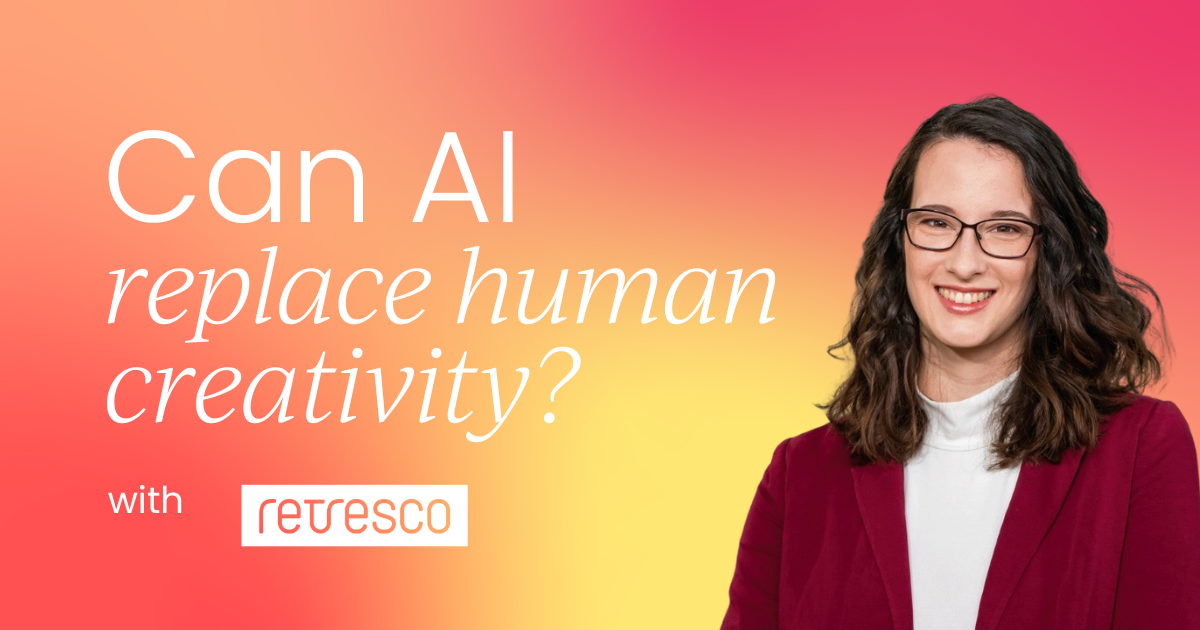
Think about Google Maps for a moment. Remember when we used paper maps and landmarks to navigate? We engaged our brains, processed information, made decisions. Now? We blindly follow turn-by-turn directions. Our navigation skills have atrophied.
The same thing is happening with GPTs and AI tools. People plug in "create my GTM strategy" and run with whatever comes out. But your job as a leader is to evaluate: Does this make sense for my specific business? Does it align with our unique market position?
The 1-3 year timeline that should be on every leader's radar
Want a wake-up call? Watch the Anthropic CEO's interview with Anderson Cooper on CNN. When pressed about timelines for AI transformation, he estimates one to five years. Then, when pushed further, he narrows it to one to three years.
This isn't some distant future we're discussing. It's happening now.
Microsoft just laid off 19,000 people. Companies like Duolingo and Klarna learned hard lessons about replacing human teams with AI too quickly. The software engineer role, once Silicon Valley's holy grail, could see a 70% reduction according to industry experts.
The new gold standard? Companies like Lovable out of Stockholm: high ARR, high growth, but only 20-30 employees. This lean, AI-powered model is becoming the blueprint for success.
Essential skills for GTM marketing leaders
So what should you focus on?
Three critical areas:
1. Master the art of prompting
You don't need to learn coding anymore. What you need is prompting skills. I took Google's free prompting course and used it to create a custom GPT for evaluating pitch decks. No coding required, just clear, strategic prompting.
Prompting means instructing AI tools on exactly what you want. It's in plain English, but it requires practice and precision. Think of it as the new fundamental skill for every marketer.
2. Identify the AI tools that will last
The current AI tool explosion reminds me of the dot-com boom. Everyone's launching something. But consolidation is coming. Apple's rumored to be eyeing Perplexity. Many tools won't survive.
Focus on tools with staying power:
- Surfer for SEO (replacing the old guard)
- Canva Magic Studio for design AI
- Jasper for comprehensive content needs
- Your choice of GPTs (ChatGPT, Claude, Gemini)
Don't get overwhelmed by the noise. Pick tools you believe will endure and master them deeply.
3. Develop your unique voice and brand
Here's what AI cannot replicate: your unique perspective and voice.
I've been preaching about brand importance for years, often to investors who dismissed it as "fluff" without direct revenue attribution. Now the tables have turned completely.
Why? Because when everyone uses the same AI tools, differentiation becomes everything. Your critical thinking, your unique insights, your authentic voice, these become your competitive advantages.
The human advantage in an AI world
Companies are making a critical mistake right now.
They're not investing in training their existing employees on AI tools. These are the people who understand the business best, who know the customers, who grasp the nuances of your market position.
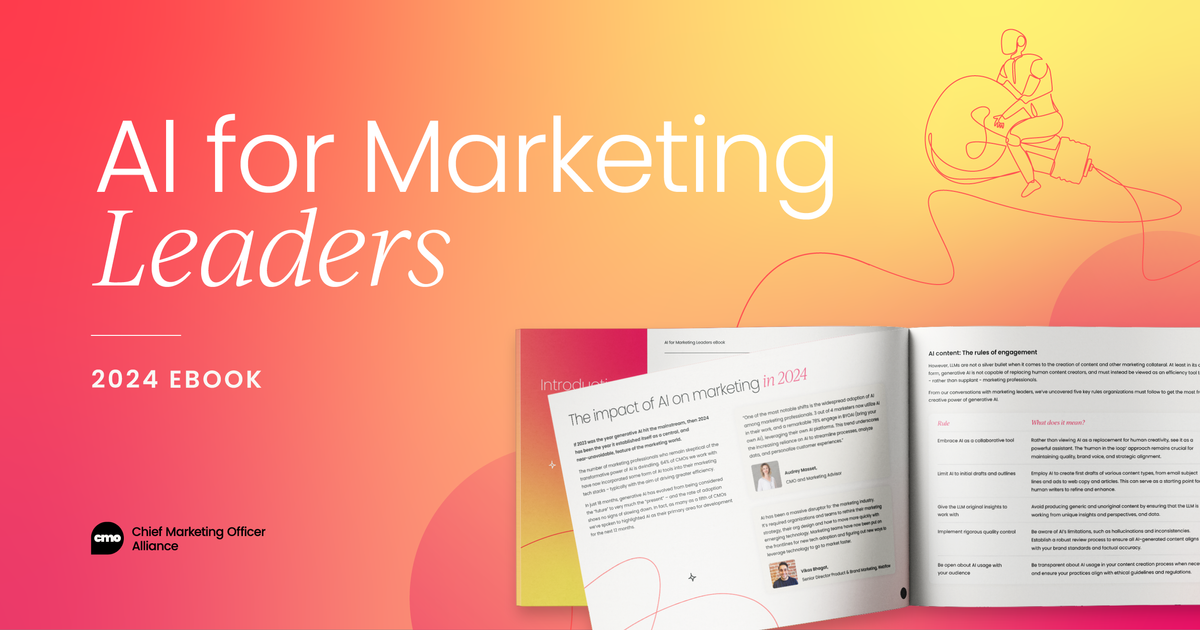
Instead, we're seeing wholesale replacements and disappointing results. Duolingo discovered people actually want to learn languages from humans. Klarna's customer service KPIs crashed after their AI implementation.
The lesson? AI amplifies human capability; it doesn't replace human judgment.
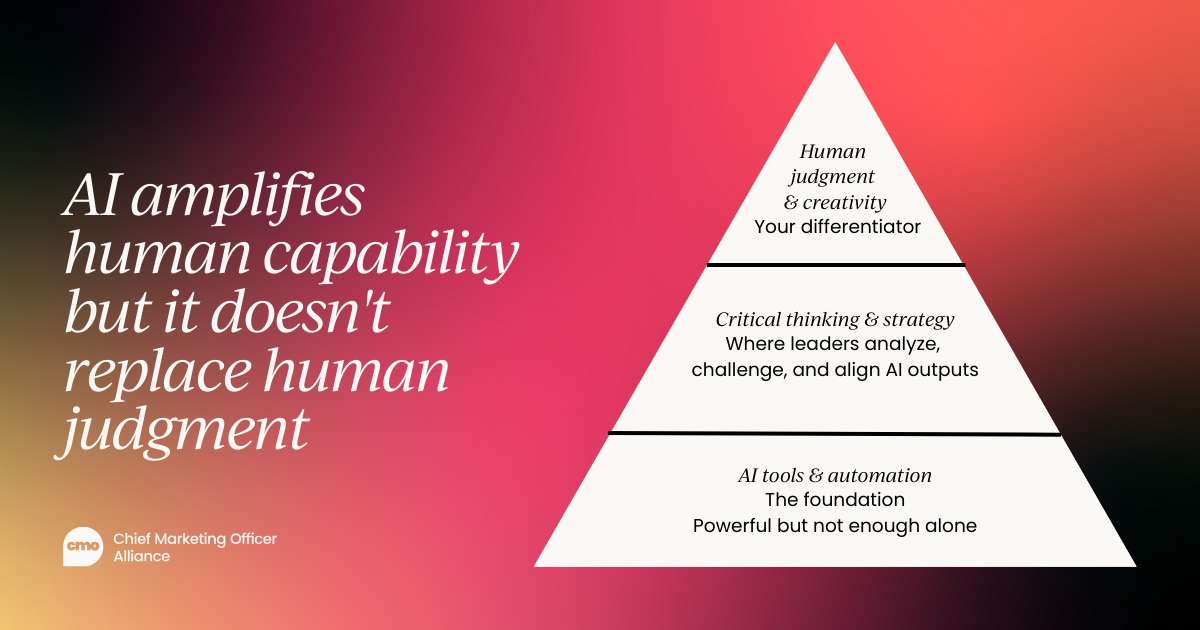
As GTM leaders, our role is evolving. We need to:
- Maintain our critical thinking abilities
- Use AI as a tool, not a crutch
- Challenge and validate AI-generated strategies
- Preserve our unique perspectives and creativity
Preparing for the new normal
The shift we're experiencing goes beyond technology. It's generational too. Baby Boomers found stability in companies and roles. Millennials started questioning that model. Gen Z? They're looking at 20-year veterans getting laid off and concluding that self-reliance is the only path forward.
The average tenure in tech roles is now about two years. Over a decade, that's five different jobs. The old stigma around job-hopping? It needs to die. The industry created this reality.
So what's the answer? Lean into yourself.
Build multiple income streams. Develop diverse skills. Be willing to move cities or countries for opportunities. Create your personal brand that transcends any single employer.
The slasher economy is real: consultant slash advisor slash content creator. This isn't instability; it's the new stability.
Your GTM strategy starts with you
As we navigate this transformation, remember that go-to-market excellence still comes down to fundamental questions:
- Who are we serving?
- What unique value do we provide?
- How do we deliver that value sustainably?
The tools have changed. The timeline has compressed. But the need for strategic thinking, authentic leadership, and genuine human connection remains constant.
Don't chase every new playbook. Don't abdicate your thinking to AI. Instead, use these powerful tools to amplify your unique strengths and insights.
The next one to three years will bring unprecedented change to how we approach GTM strategy. Those who combine AI capabilities with critical thinking and authentic personal brands will thrive. Those who don't? Well, they'll learn the hard way that following turn-by-turn directions only works when someone else has already mapped the route.
Your move? Start building your AI skills today. Develop your unique voice. And never, ever stop thinking critically about the strategies you deploy.
Because in this new world of GTM, the winners won't be those with the best playbooks. They'll be those who know when to use AI, when to trust their judgment, and how to create value that no algorithm can replicate.
Download Webflow's Driving marketing team efficiency with AI ebook to streamline complex processes and eliminate roadblocks using AI without missing out on creativity.
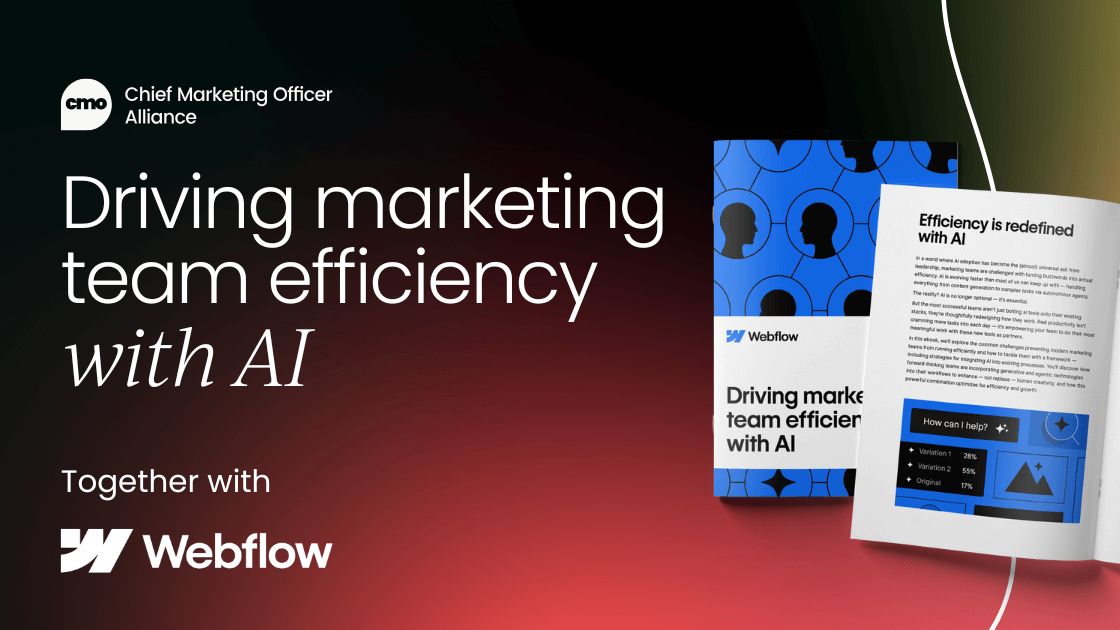






.png)


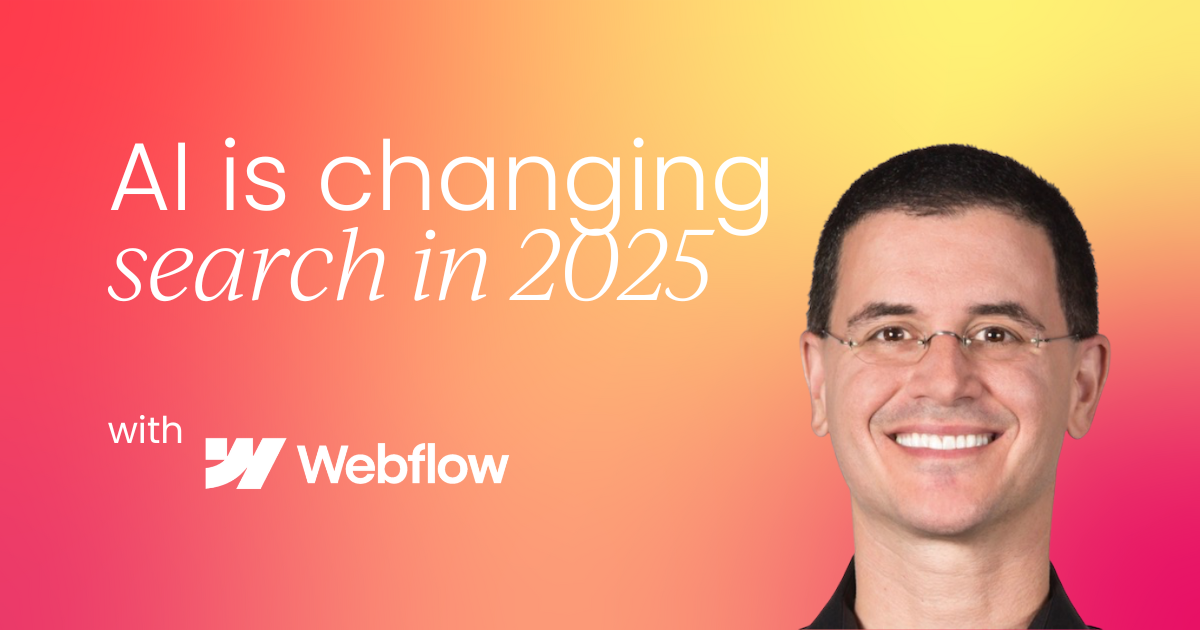
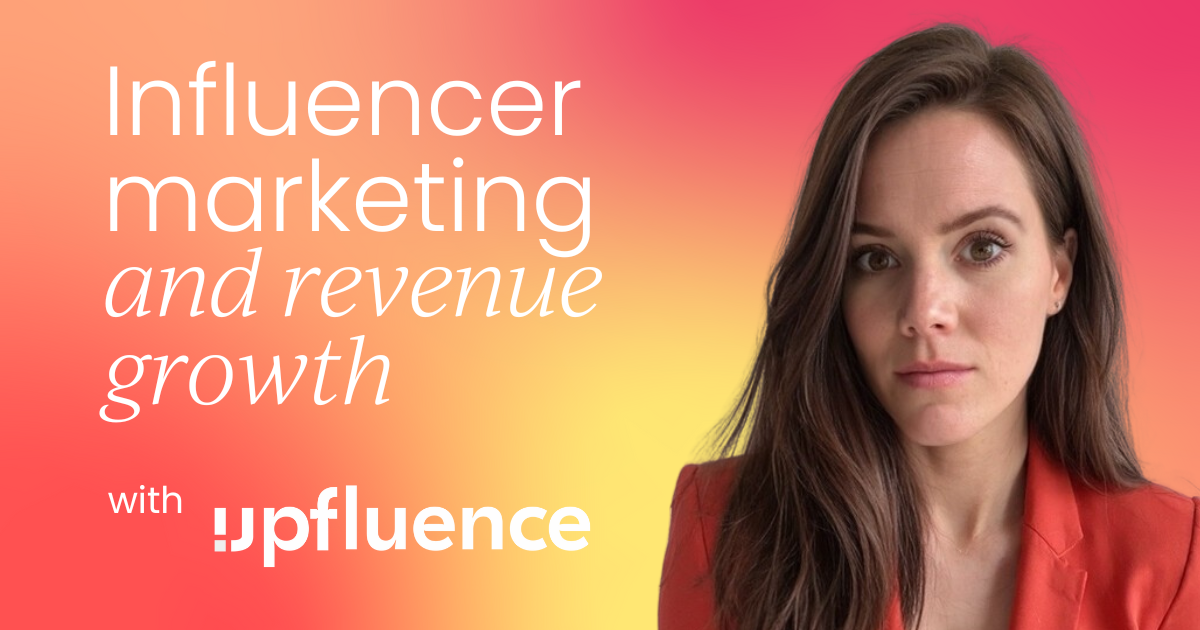





 Follow us on LinkedIn
Follow us on LinkedIn







